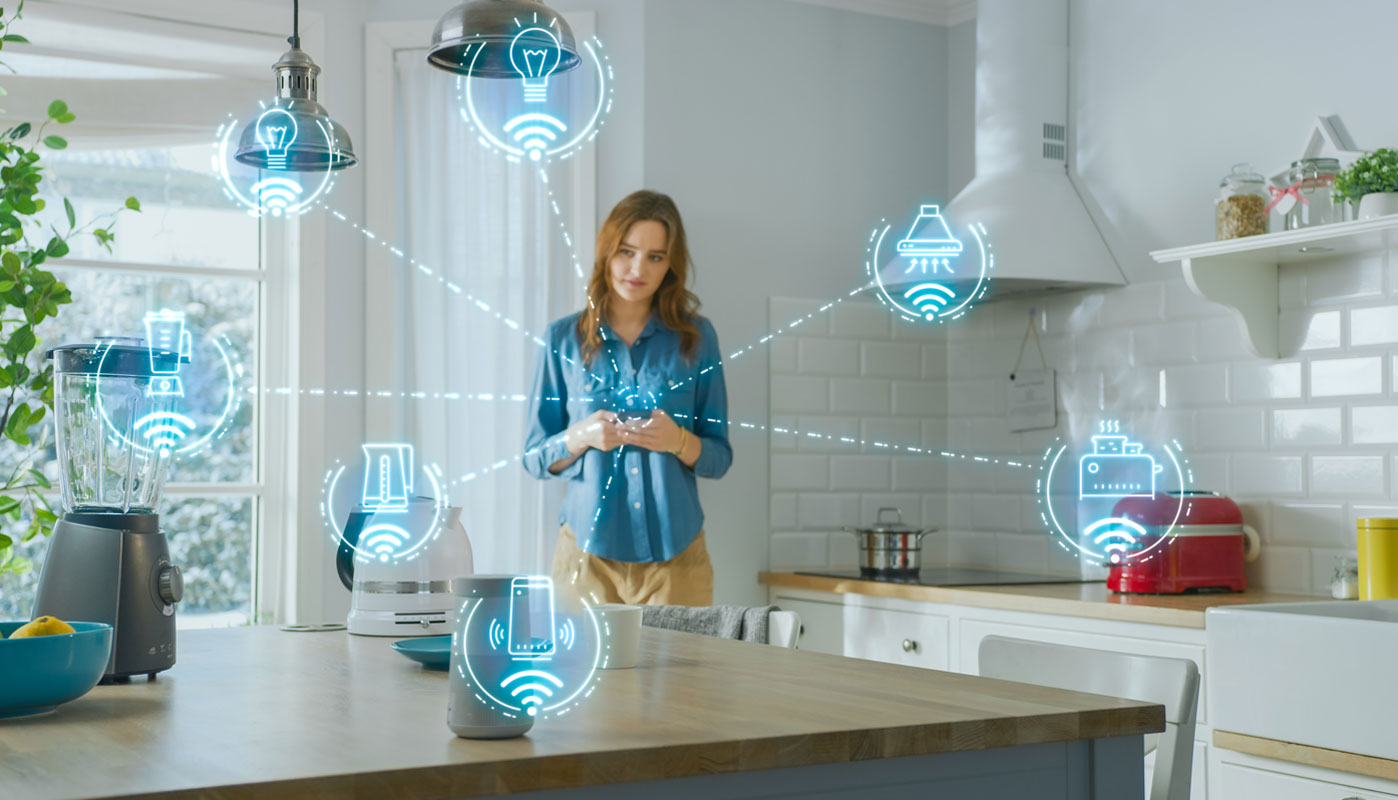
Integrating Home Surveillance Systems: A Comprehensive Guide
In today’s fast-paced world, ensuring the safety and security of our homes has become a top priority. With advancements in technology, integrating home surveillance systems has become more accessible and efficient than ever before. In this article, we will explore the various aspects of home surveillance systems and how they can enhance the security of your home.

1. Importance of Home Surveillance Systems
Home surveillance systems play a crucial role in safeguarding your property and loved ones. They act as a deterrent to potential intruders and provide valuable evidence in case of a security breach. By integrating home surveillance systems, you can monitor activities in and around your home, ensuring peace of mind.
1.1 Deterrence and Prevention
Visible surveillance cameras can deter potential criminals from targeting your home. Studies have shown that homes with security systems are less likely to be broken into. Learn more about the benefits of smart homes in enhancing security.
1.2 Evidence Collection
In the unfortunate event of a break-in, surveillance footage can provide crucial evidence to law enforcement, increasing the chances of apprehending the culprits. High-definition cameras and cloud storage options ensure that you have access to clear and reliable footage.
2. Types of Home Surveillance Systems
There are various types of home surveillance systems available, each with its own set of features and benefits. Understanding these options will help you make an informed decision when integrating home surveillance systems into your home.
2.1 Wired Surveillance Systems
Wired systems are known for their reliability and consistent performance. They require professional installation and are best suited for permanent setups. Discover more about home automation solutions.
2.2 Wireless Surveillance Systems
Wireless systems offer flexibility and ease of installation. They are ideal for renters or those who frequently move. These systems connect to your home’s Wi-Fi network, allowing remote access and control.
2.3 Smart Surveillance Systems
Smart surveillance systems integrate with other smart home devices, providing a seamless and interconnected security solution. These systems can be controlled via smartphone apps and offer advanced features like motion detection and facial recognition.
3. Key Features to Consider
When integrating home surveillance systems, it’s essential to consider the key features that will best suit your needs.
3.1 High-Definition Cameras
Opt for cameras with high-definition resolution for clear and detailed footage. This is especially important for identifying individuals in case of a security breach.
3.2 Night Vision
Ensure that your surveillance system includes night vision capabilities to monitor activities in low-light conditions. Infrared technology allows for clear visibility even in complete darkness.
3.3 Remote Access
Choose a system that offers remote access via smartphone apps. This feature allows you to monitor your home from anywhere in the world, providing peace of mind even when you’re away.
3.4 Motion Detection
Motion detection alerts you to any unusual activity in and around your home. This feature can be customized to send notifications directly to your smartphone, keeping you informed at all times.
4. Installation and Maintenance
Proper installation and maintenance are crucial for the optimal performance of your home surveillance systems.
4.1 Professional Installation
For wired systems, it’s advisable to hire a professional installer to ensure that the cameras and other components are correctly set up. This ensures the system’s reliability and effectiveness.
4.2 DIY Installation
Wireless and smart surveillance systems offer the option of DIY installation. Follow the manufacturer’s instructions carefully to ensure a successful setup.
4.3 Regular Maintenance
Regularly check and maintain your surveillance system to ensure it functions properly. Clean the camera lenses, check the connections, and update the software as needed.
5. Legal and Ethical Considerations
When integrating home surveillance systems, it’s important to be aware of the legal and ethical considerations involved.
5.1 Privacy Concerns
Respect the privacy of your neighbors by ensuring that your cameras do not capture footage of their property. Be transparent about the presence of surveillance cameras on your property.
5.2 Compliance with Laws
Familiarize yourself with local laws and regulations regarding the use of surveillance systems. Some areas may have specific requirements or restrictions.
6. Future of Home Surveillance Systems
The future of home surveillance systems is promising, with continuous advancements in technology.
6.1 Artificial Intelligence
AI-powered surveillance systems can analyze footage in real-time, identifying potential threats and reducing false alarms.
6.2 Integration with Smart Homes
As smart home technology continues to evolve, surveillance systems will become even more integrated with other devices, offering a comprehensive security solution. Explore the benefits of smart home integration with Alexa.
Conclusion
Integrating home surveillance systems is a crucial step in enhancing the security of your home. By understanding the different types of systems, key features, and legal considerations, you can make an informed decision that best suits your needs. Stay ahead of the curve by embracing the latest advancements in surveillance technology.

FAQs
1. Can I install a home surveillance system myself?
Yes, many wireless and smart surveillance systems offer DIY installation options. Follow the manufacturer’s instructions for a successful setup.
2. Are there any legal restrictions on home surveillance systems?
Yes, it’s important to familiarize yourself with local laws and regulations regarding the use of surveillance systems. Some areas may have specific requirements or restrictions.
3. How often should I maintain my home surveillance system?
Regular maintenance is crucial for the optimal performance of your surveillance system. Clean the camera lenses, check the connections, and update the software as needed.
This article contains affiliate links. We may earn a commission at no extra cost to you.